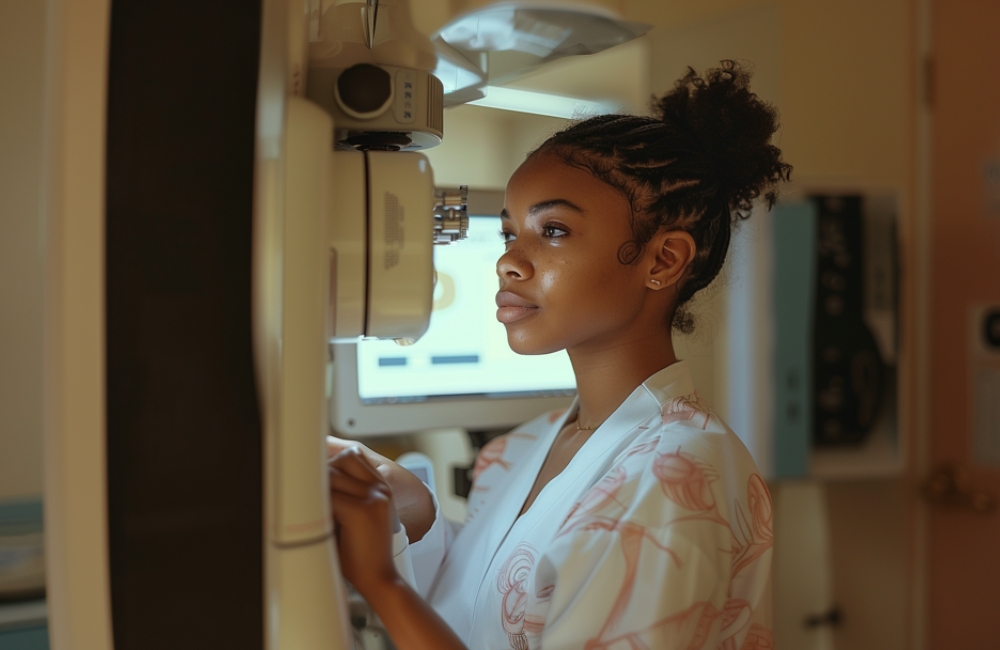In a significant move to enhance women’s health awareness, all healthcare facilities in the United States that conduct mammograms are now mandated to inform women about their breast density levels. This regulation, which took effect in March 2023, follows the Food and Drug Administration’s (FDA) announcement to implement nationwide standards for breast density notifications.
What is breast density?
Breast density refers to the composition of breast tissue, which can vary significantly among women. The FDA’s new regulation requires mammogram reports to categorize breast density into four distinct levels:
- A: Almost entirely fatty
- B: Scattered areas of fibroglandular density
- C: Heterogeneously dense
- D: Extremely dense
Women classified as having dense breasts fall into categories C or D. According to Dr. Mediget Teshome, chief of breast surgery at UCLA Health, dense breast tissue is quite common, affecting nearly half of women aged 40 and older who undergo mammograms.
Why does breast density matter?
Understanding breast density is crucial for several reasons. Dense breast tissue can obscure mammogram results, making it more challenging to detect breast cancer. Both dense tissue and cancerous masses appear white on mammograms, while fatty tissue appears gray. This similarity complicates the identification of potential tumors, which is why women with dense breasts may require additional screenings beyond standard mammograms.
Moreover, breast density has been identified as a risk factor for developing breast cancer. While researchers are still exploring the reasons behind this correlation, it is essential to note that having dense breasts does not necessarily increase the likelihood of dying from breast cancer.
What should you do if you have dense breasts?
If you learn that you have dense breast tissue, it is vital to discuss your care plan with your healthcare provider. Dr. Teshome emphasizes the importance of a personalized risk assessment, which may include:
- Family history of breast cancer
- Personal health history
- Preferences regarding screening frequency and methods
These discussions can help determine whether additional imaging, such as breast ultrasounds or magnetic resonance imaging (MRI), is necessary. While ultrasounds are generally more accessible and less expensive, they may not detect as many cancers as MRIs.
Insurance considerations
It’s important to be aware that not all insurance plans, including Medicare, cover additional screenings recommended for women with dense breasts. Therefore, understanding your insurance coverage and discussing financial options with your healthcare provider is crucial.
The recent FDA mandate to inform women about their breast density is a significant step toward improving breast cancer detection and awareness. With nearly half of women aged 40 and older having dense breasts, this regulation empowers women to take charge of their health. By understanding breast density and discussing personalized screening options with healthcare providers, women can make informed decisions that may ultimately save lives.
For more information on breast health and mammograms, visit Health.com.





